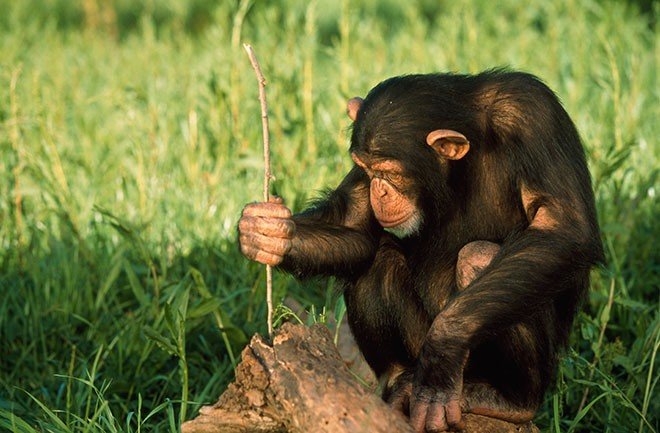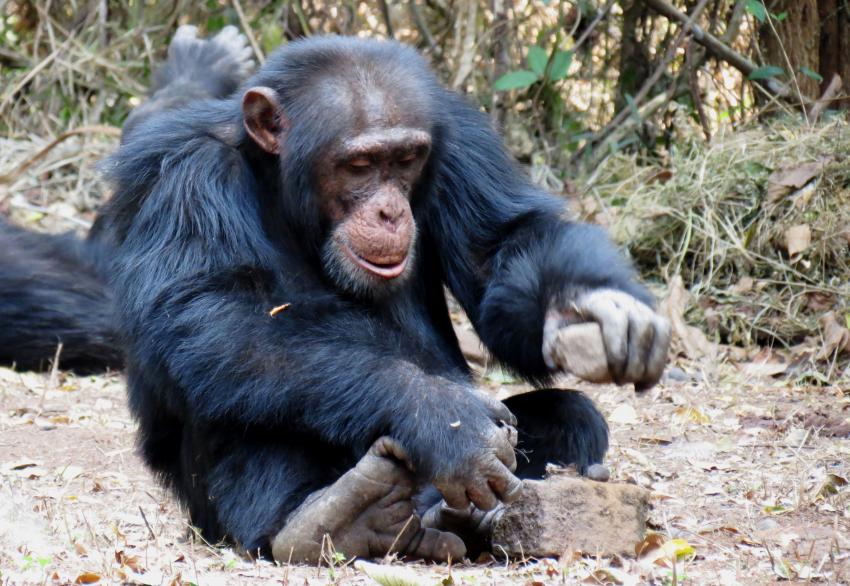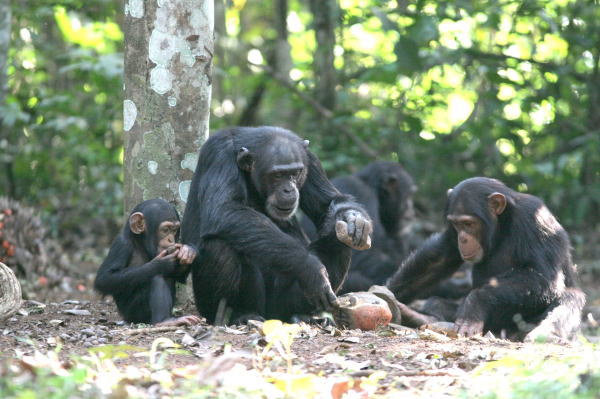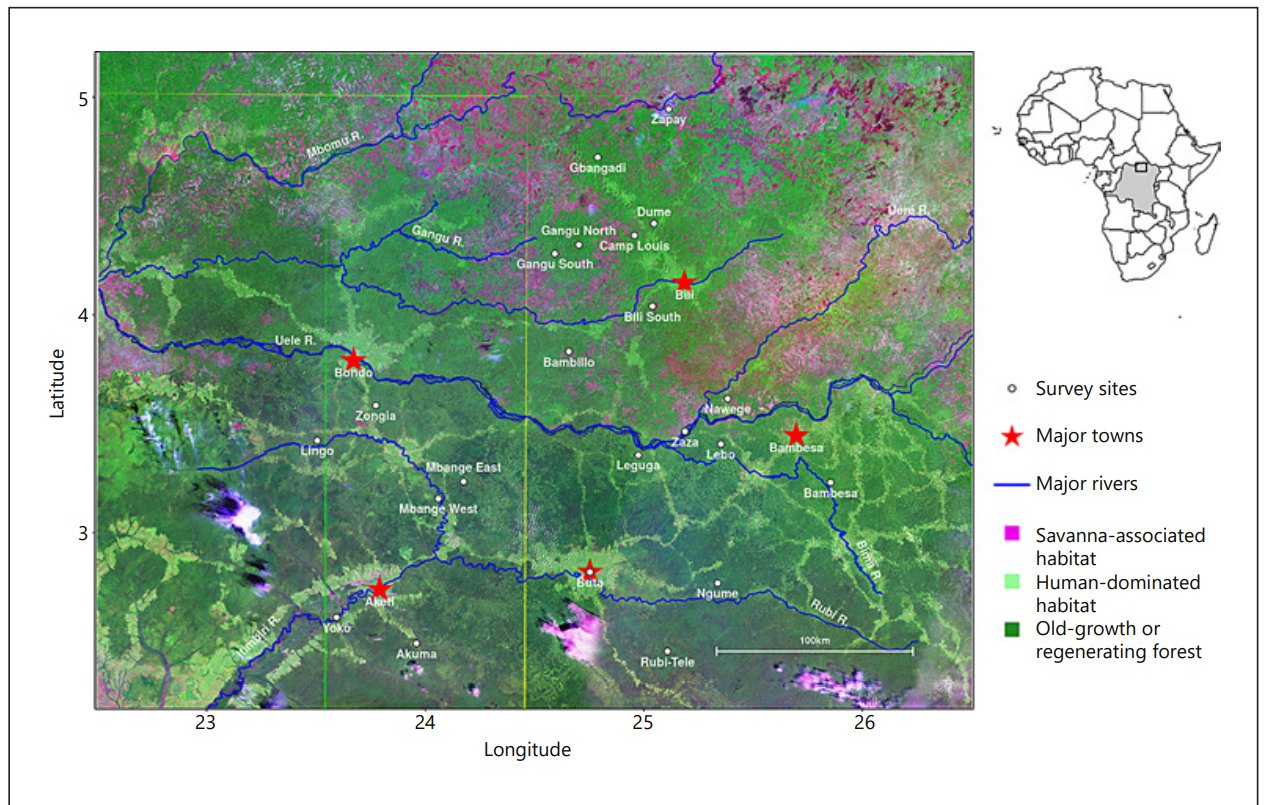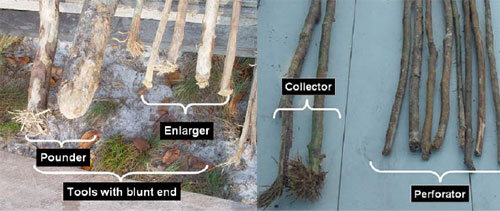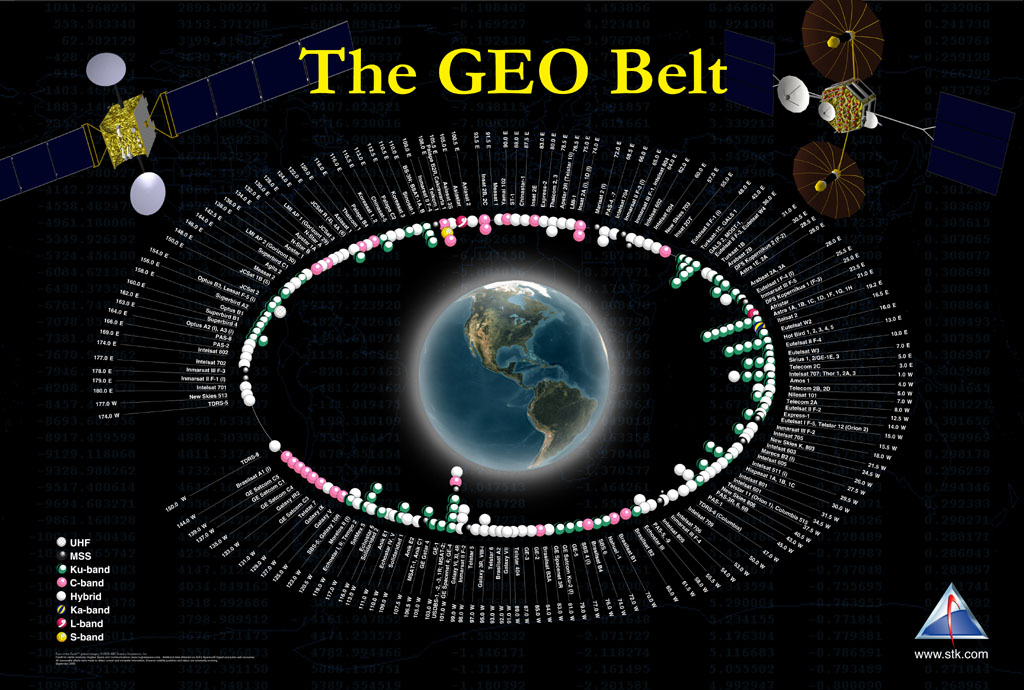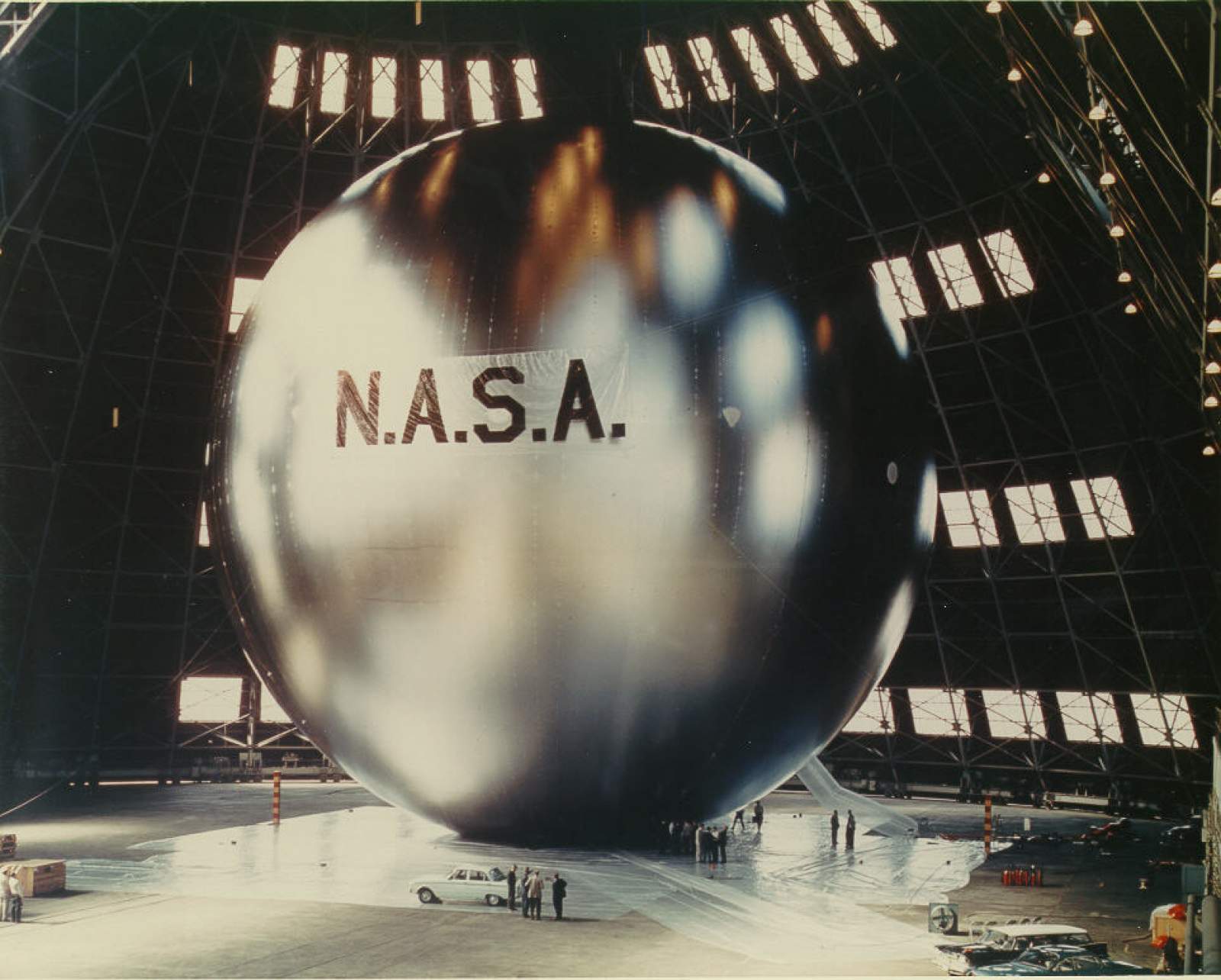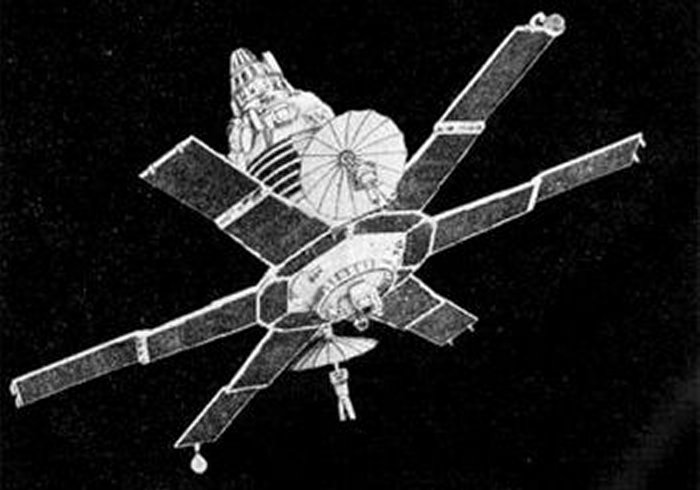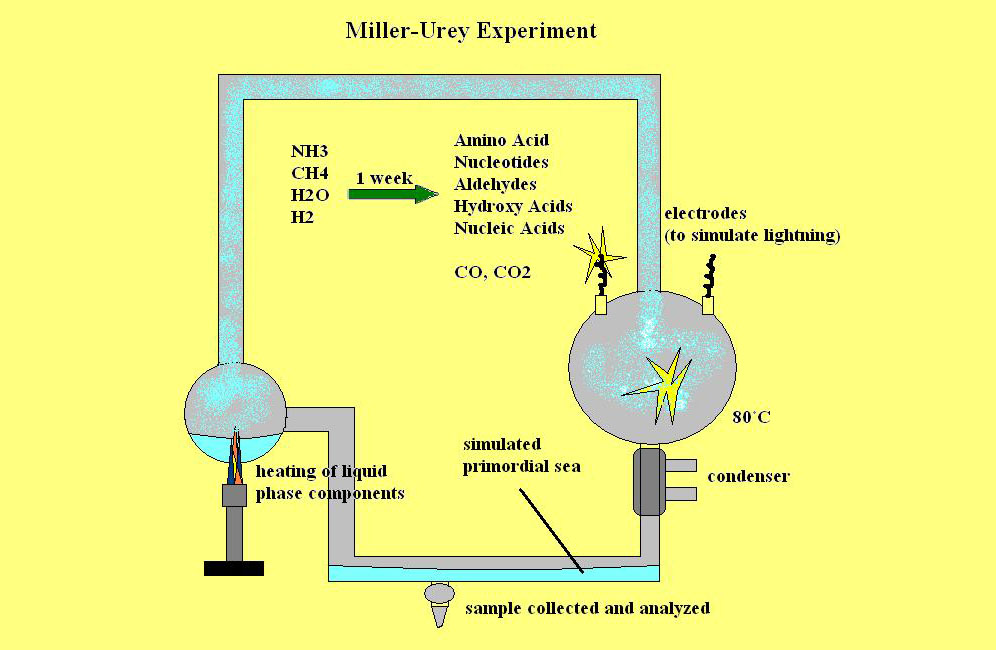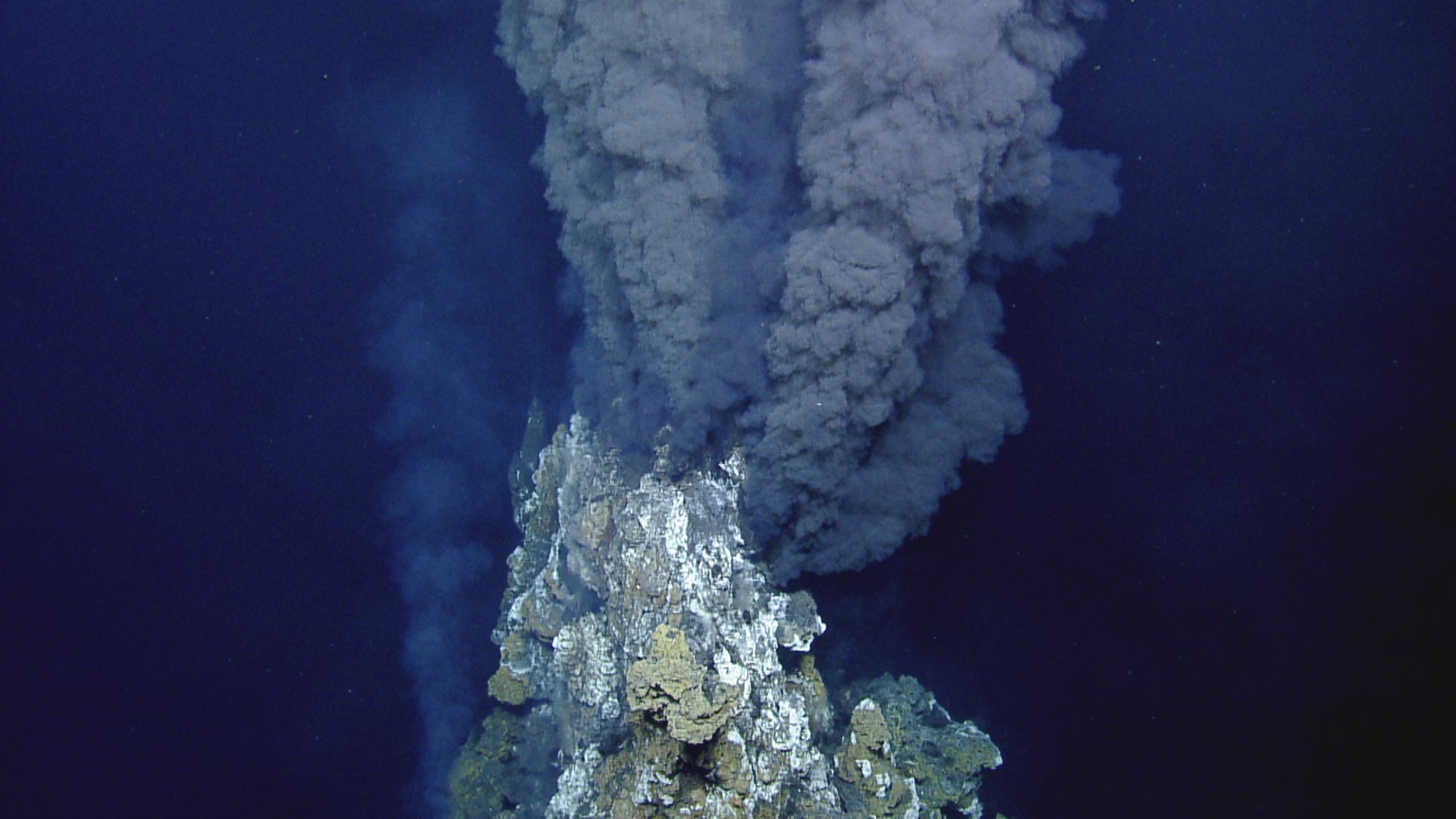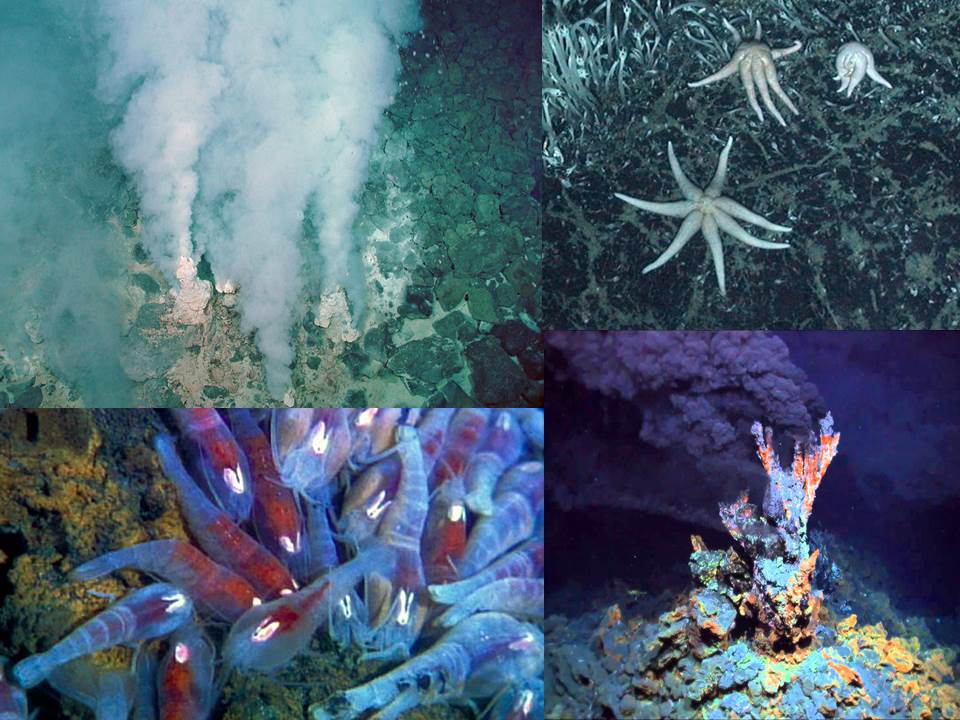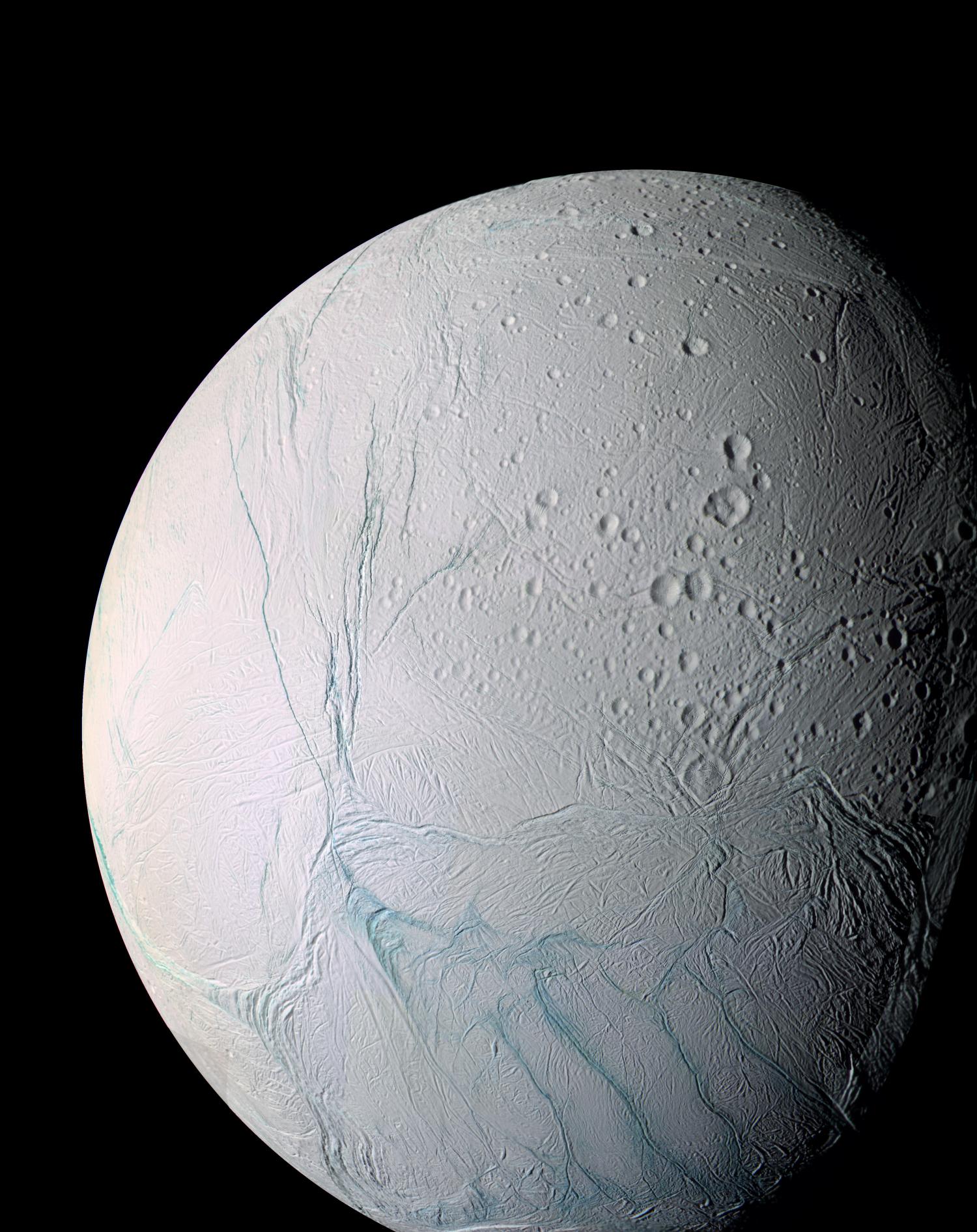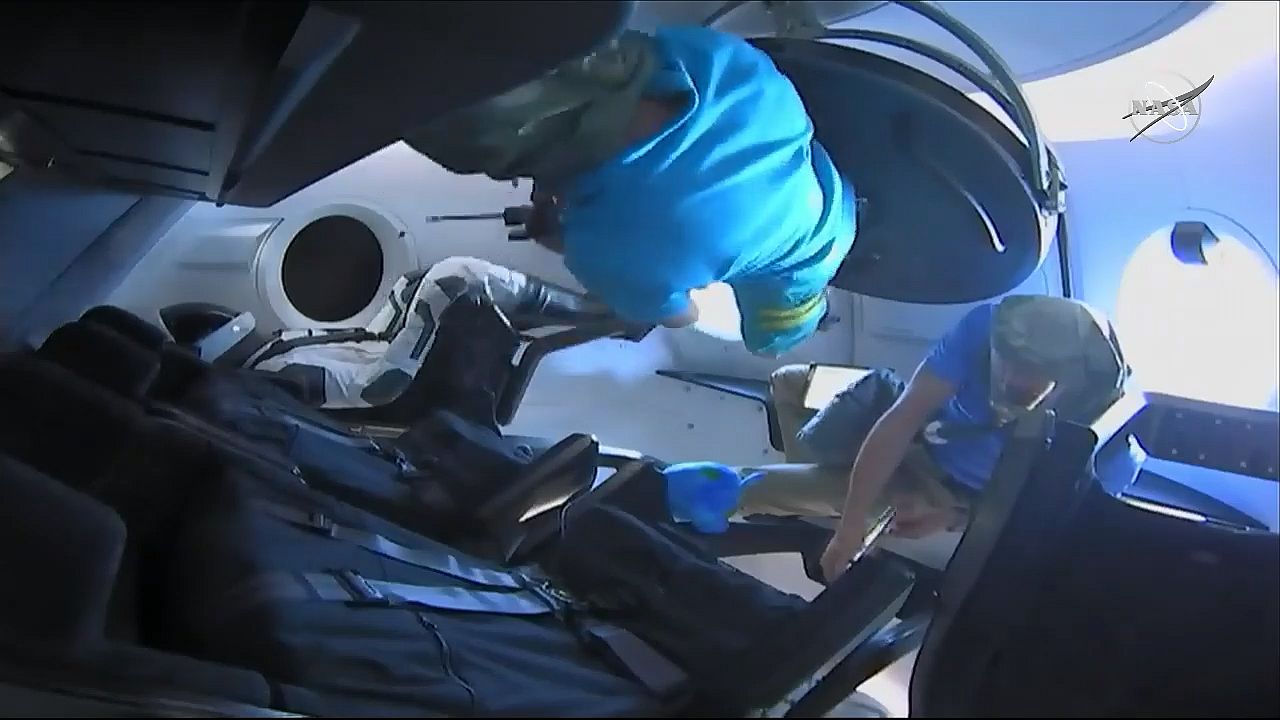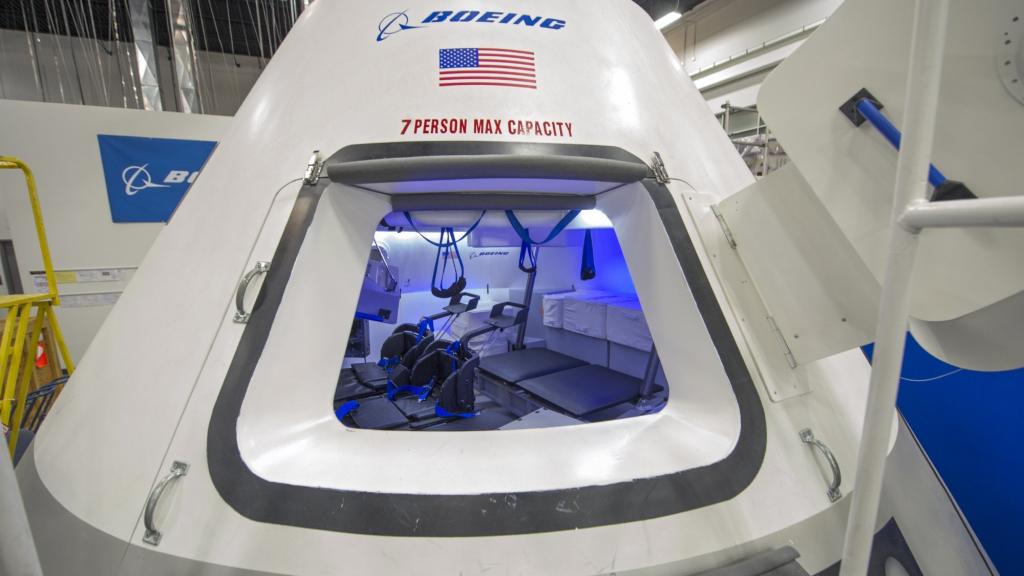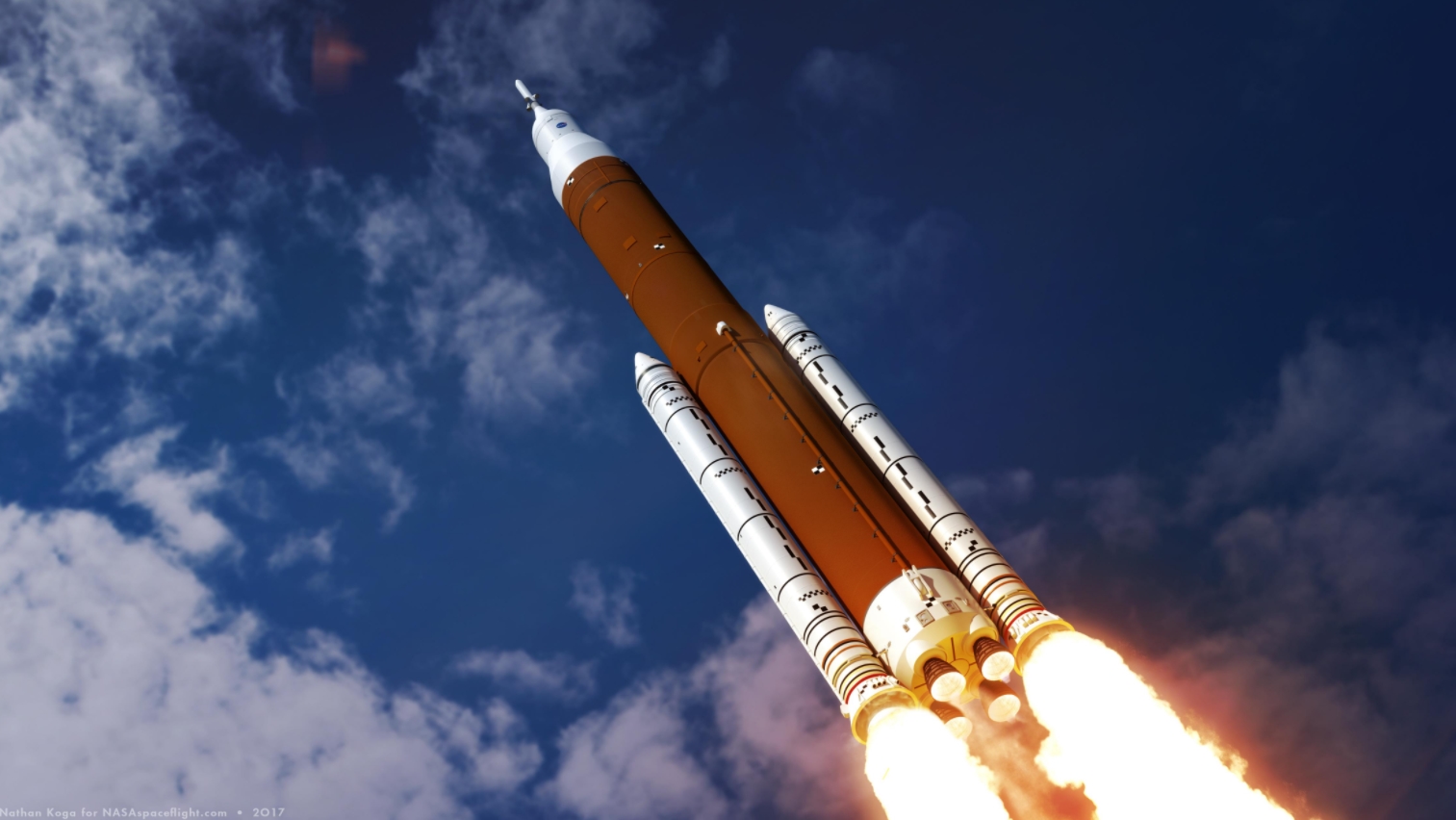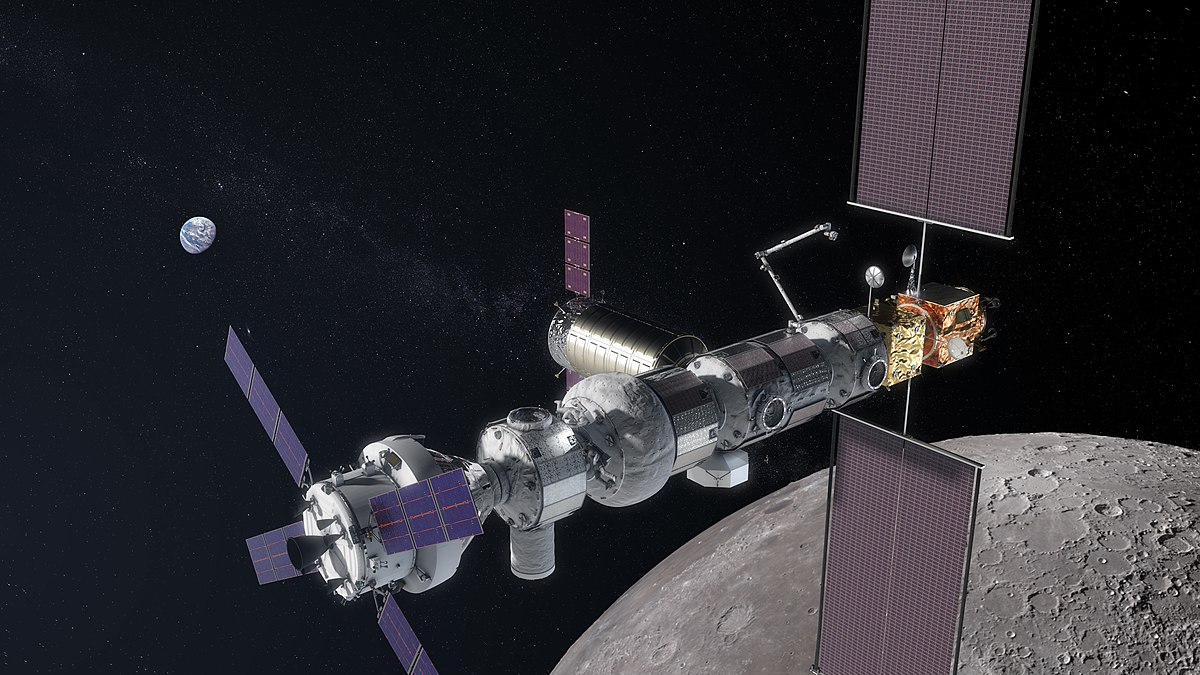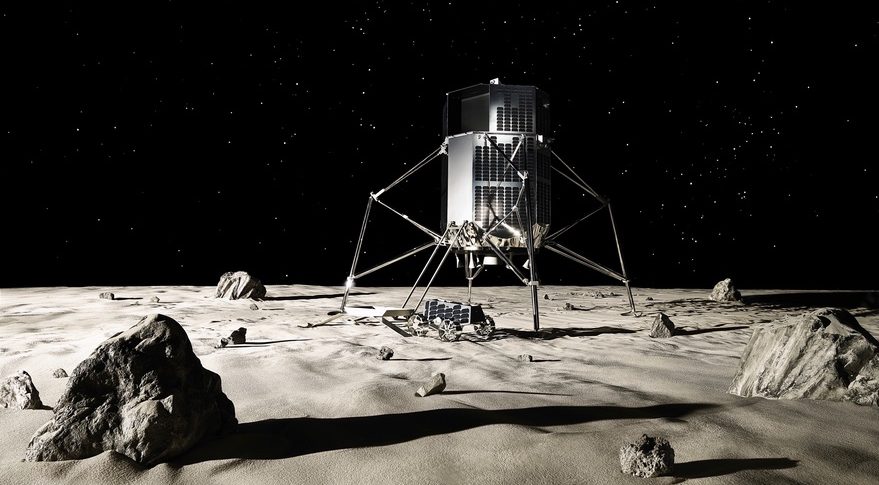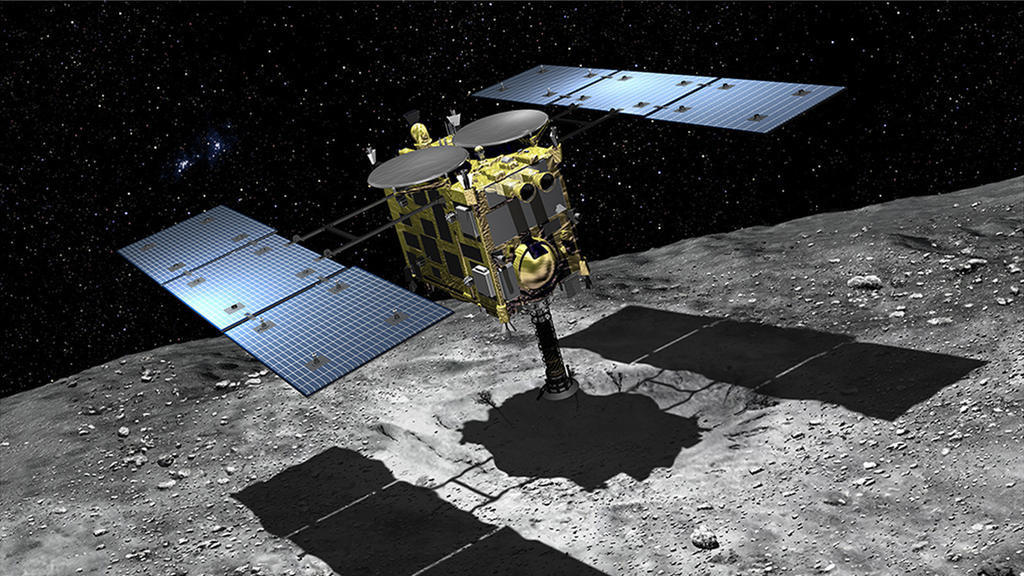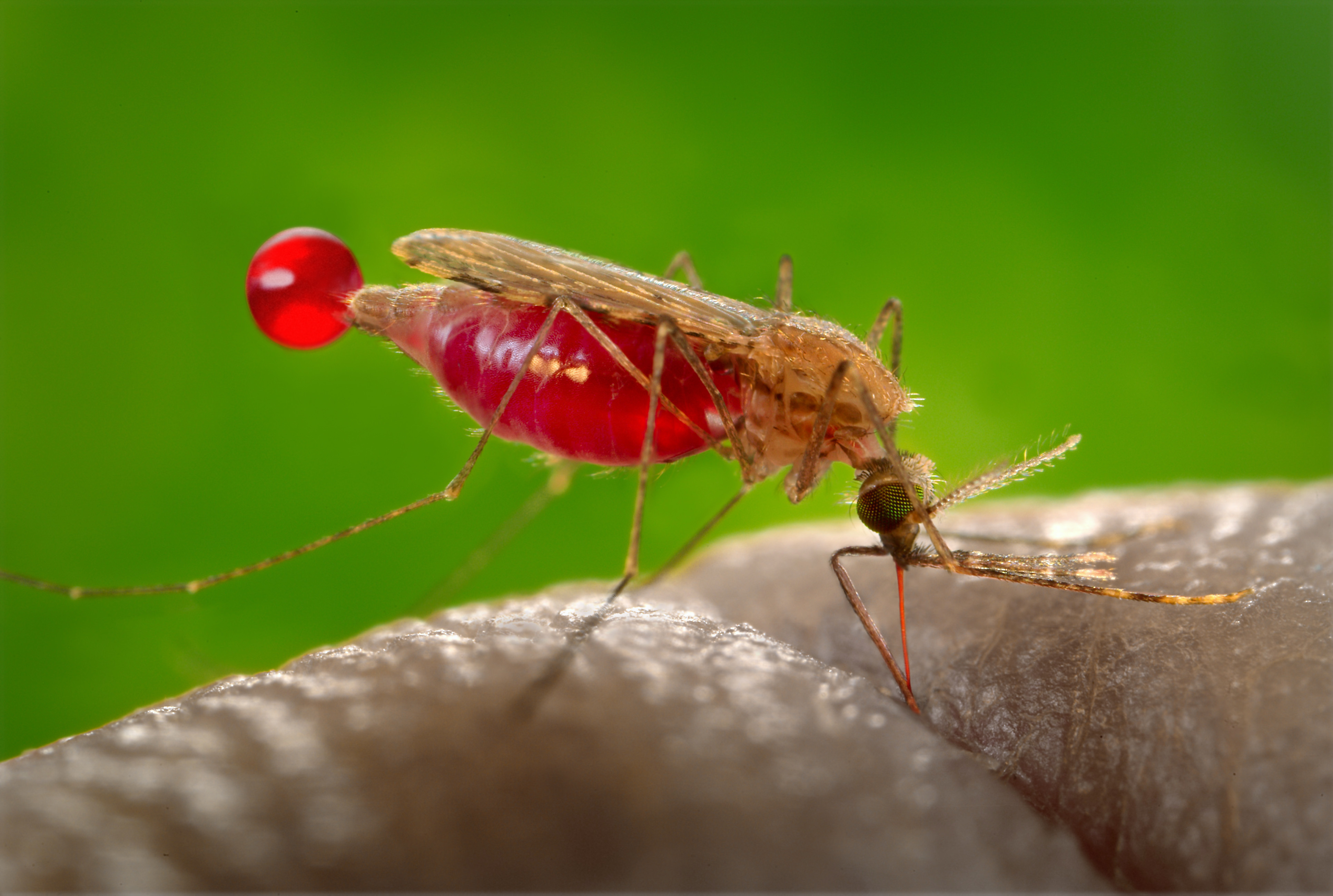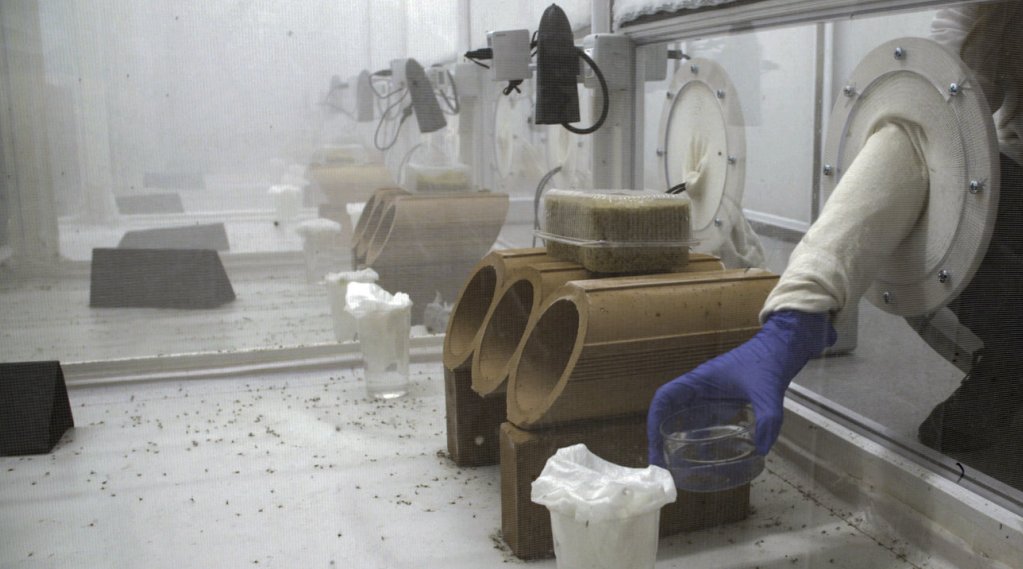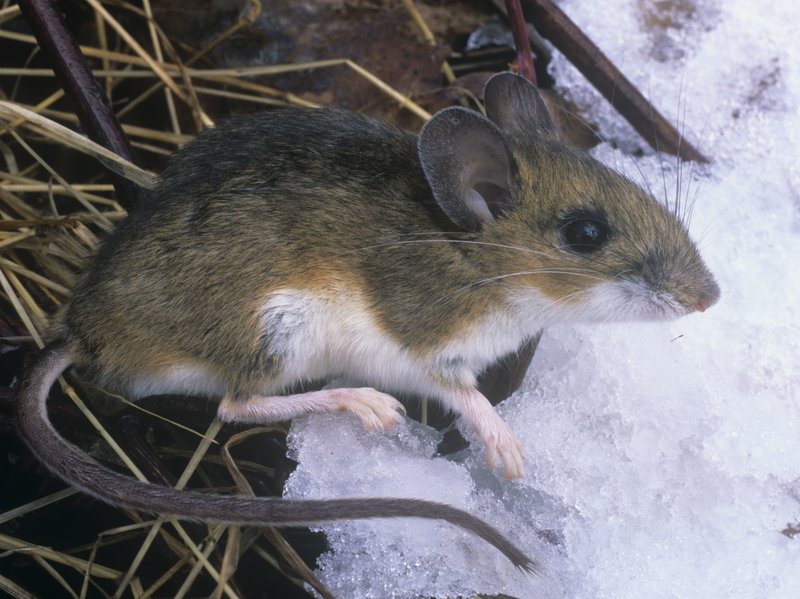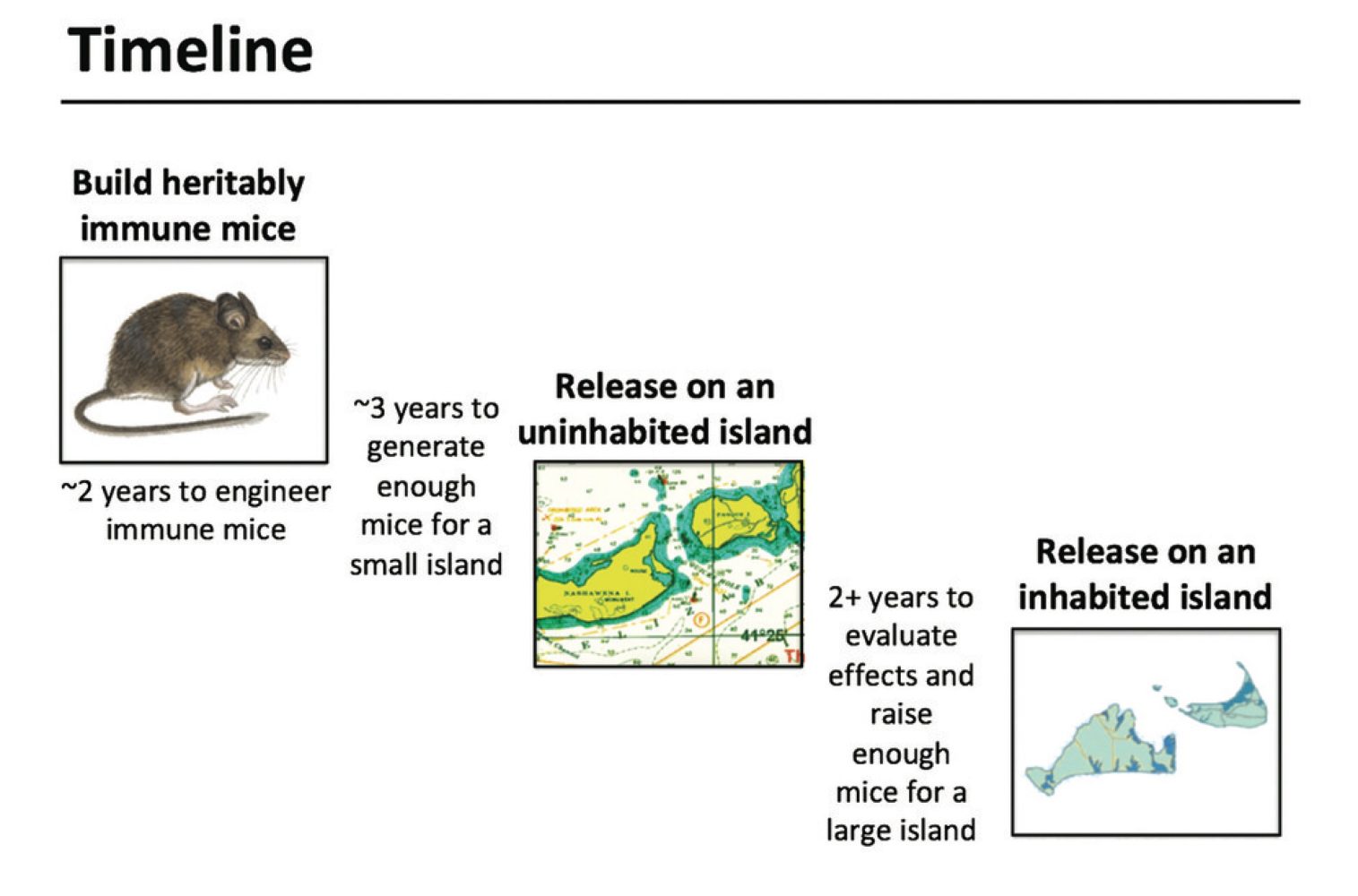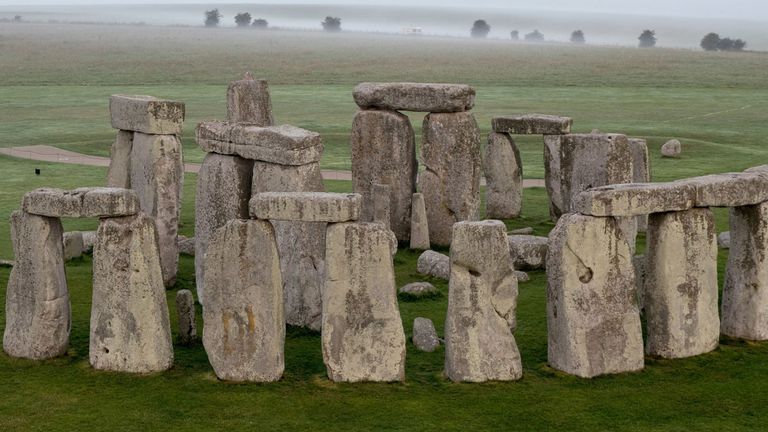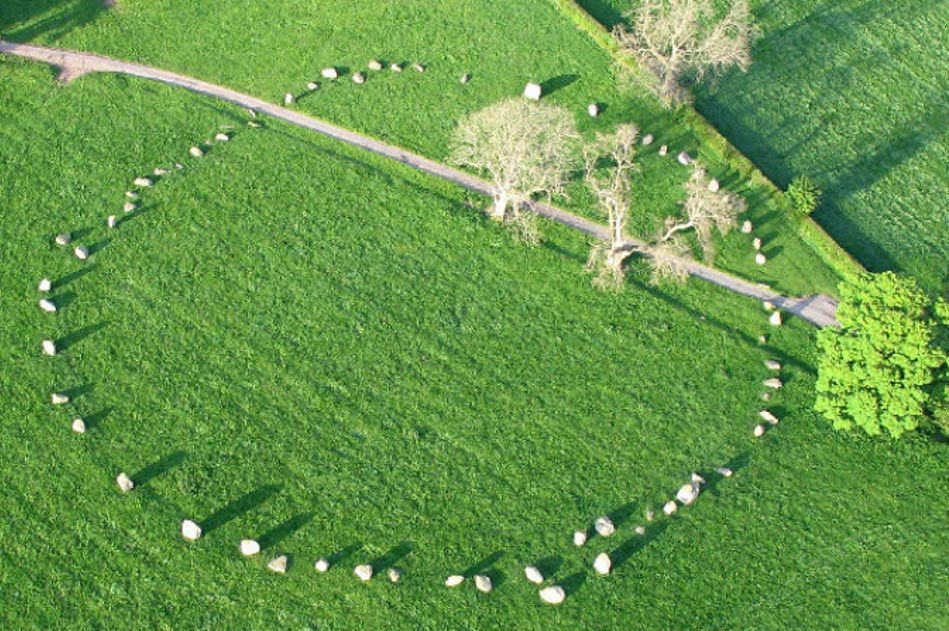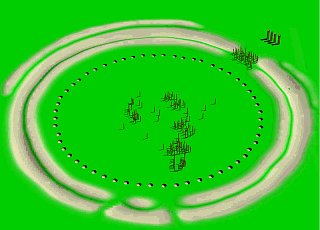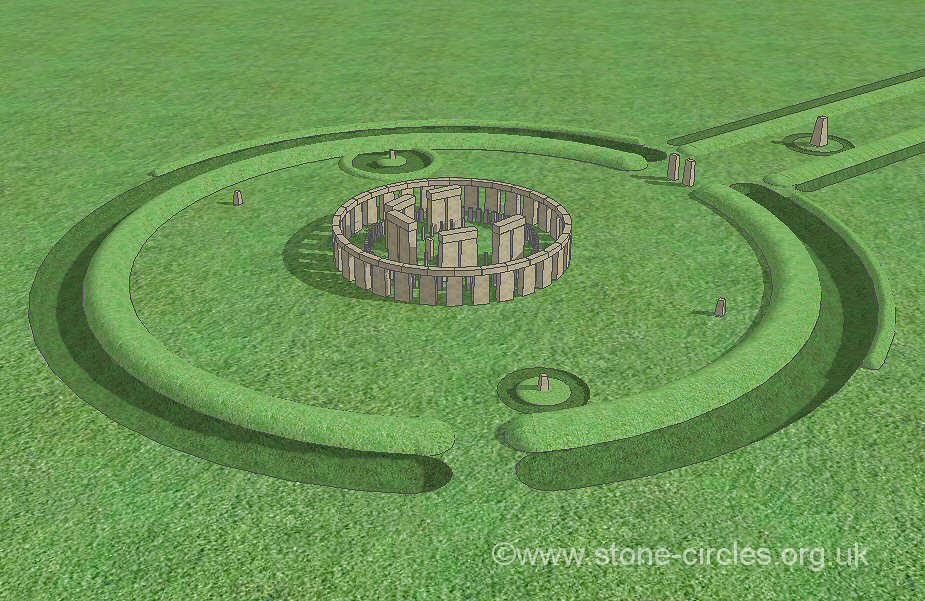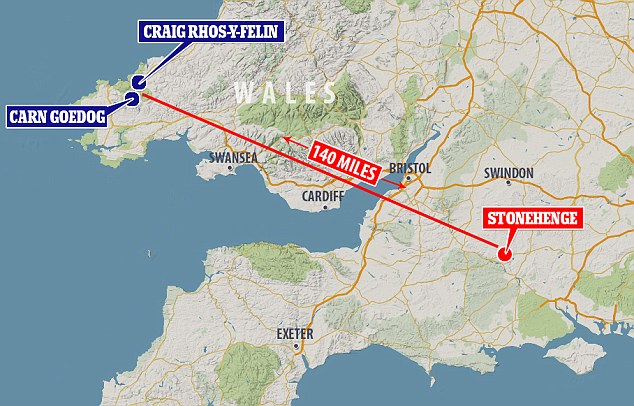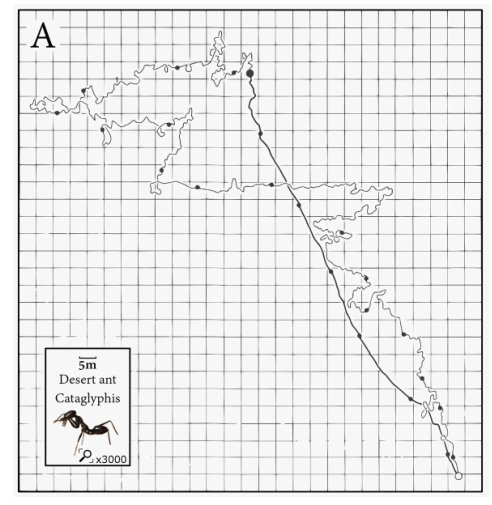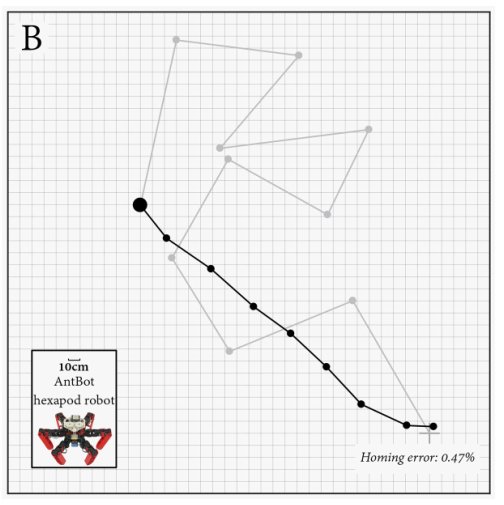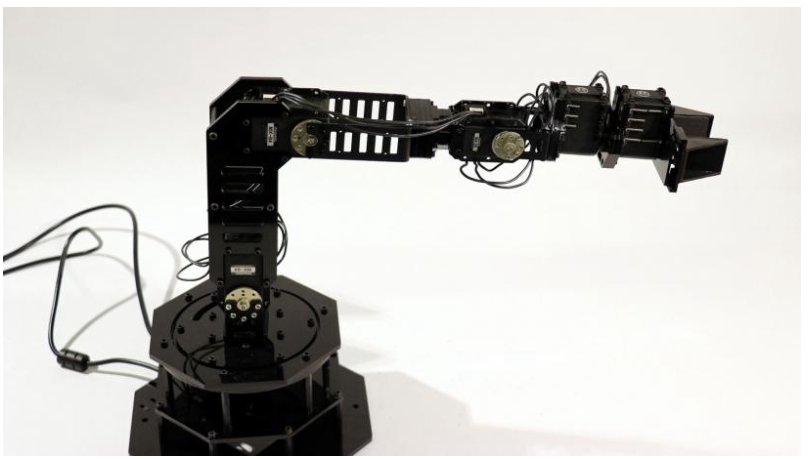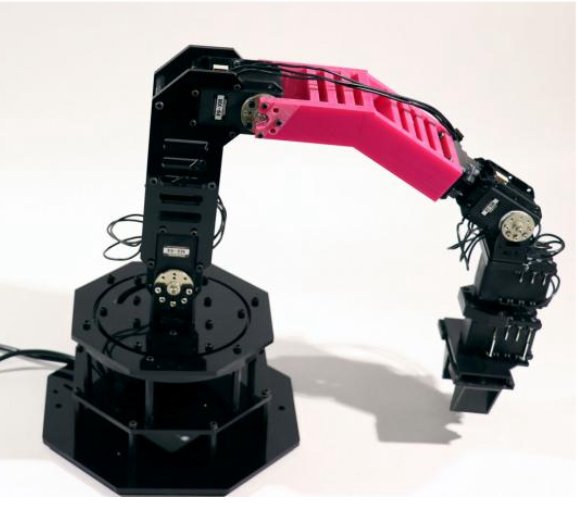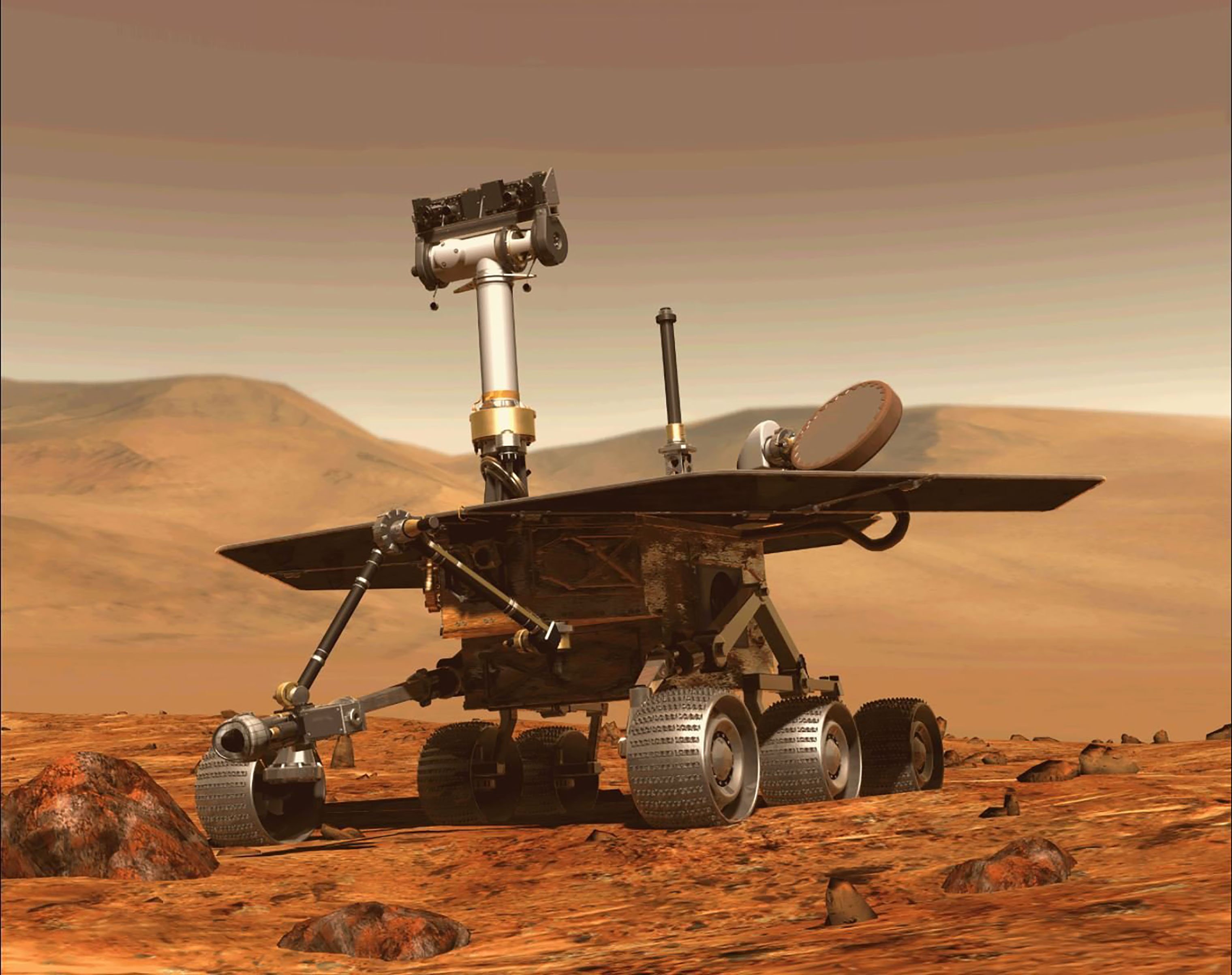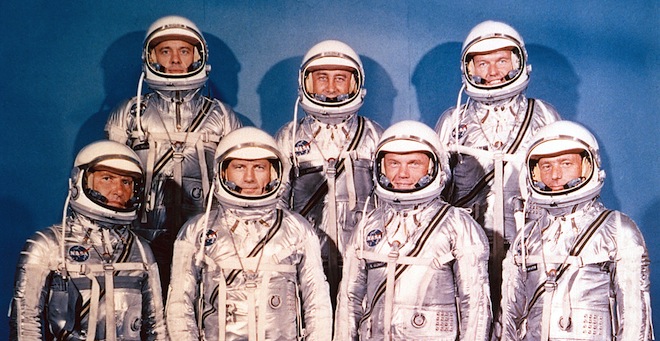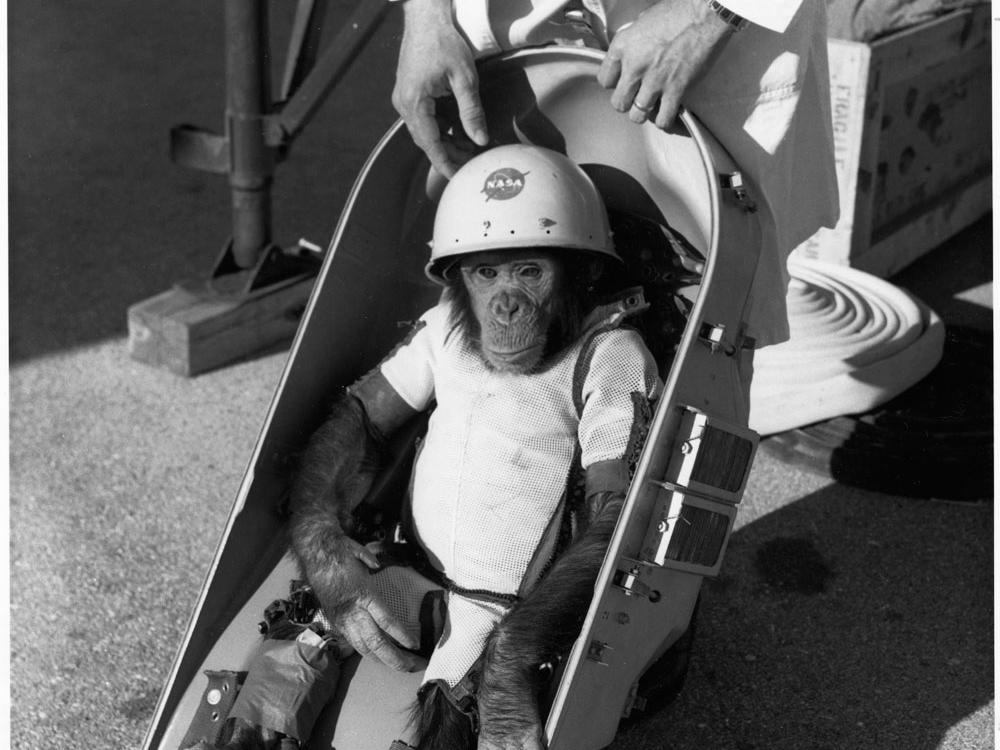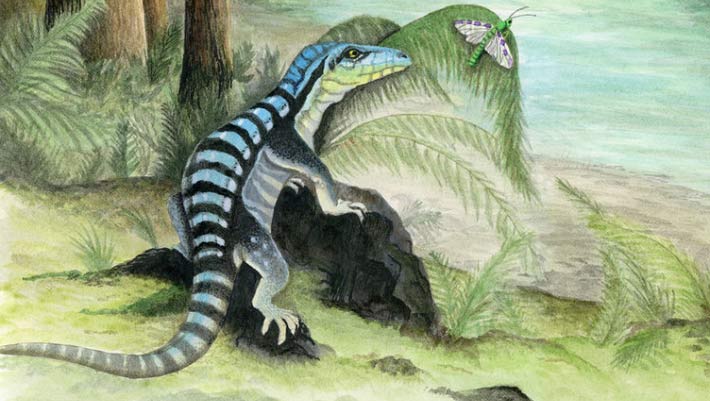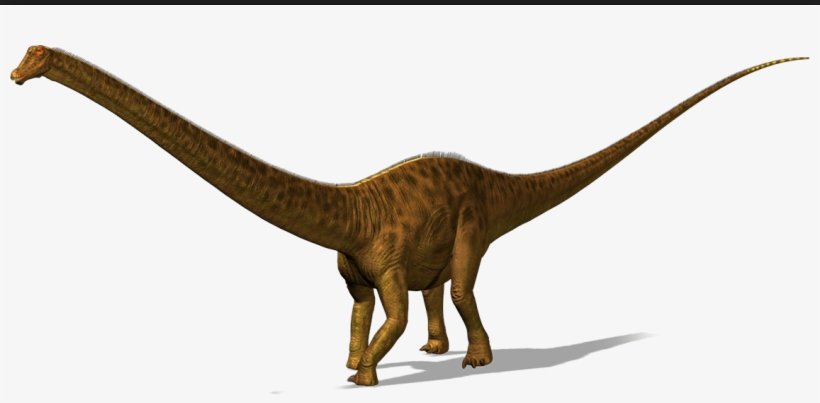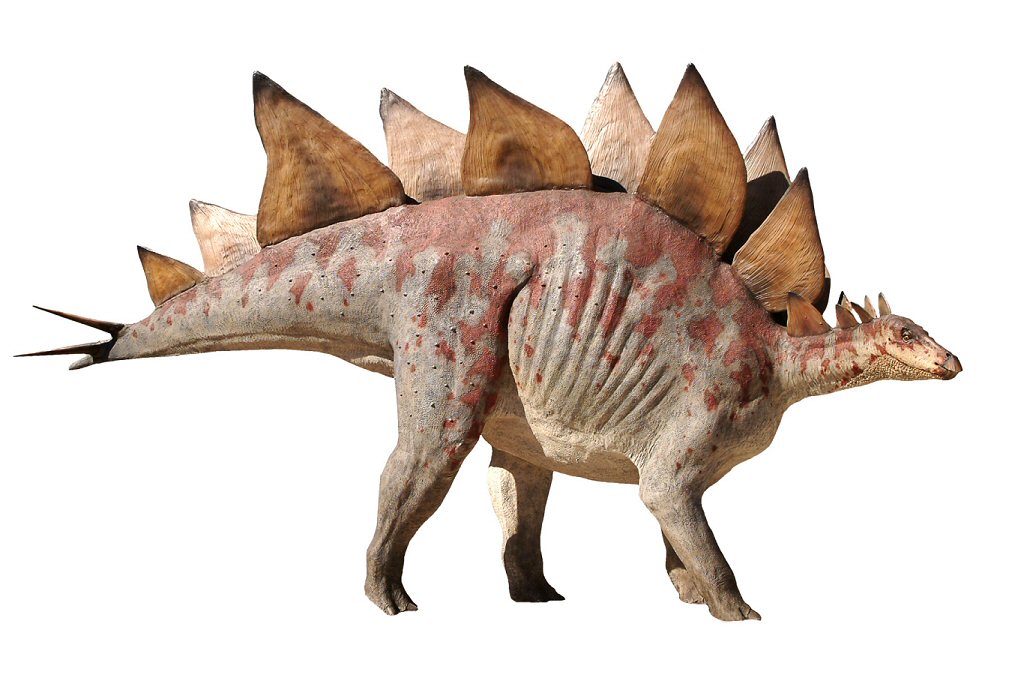Well the Marvel Comics Universe (MCU) is alive and well with its latest installment, Captain Marvel. After its second weekend Disney’s latest superhero movie has raked in about three quarters of a billion $USD worldwide and seems poised to go over the billion mark very soon.

Captain Marvel is important to the Disney / Marvel Comics collaboration for several reasons beyond just money however. Recently several of the actors who portray some of the most popular superheroes have publicly announced that they are growing tired of their rolls, Robert Downey jr. / Ironman and Chris Evans / Captain America being the two best known. That means that the MCU is going to need a new franchise superhero to pick up some of the slack.

Then there’s the gender issue, Captain Marvel is Marvel’s first attempt at a superhero movie centered around a female character. Now Marvel has tried to develop several female superheroes, Scarlett Johansen / Black Widow and Elisabeth Olsen / Scarlet Witch for example. However neither of these characters has proven to be strong enough for a stand alone movie, they are really second tier superheroes, and I really hate to say that about Scarlett.
The MCU has really been built on a foundation of four very male characters: Ironman, Captain American, Thor and the Hulk and now adding in Spiderman, Doctor Strange and perhaps most importantly Black Panther. Captain Marvel represents Disney / Marvel’s best shot at a stand alone female world saver who can also hold her own with the boys!
Captain Marvel looks like she’s ready to do just that. The story is set back in the 1990s with Carol Danvers (Actress Brie Larson) training to become one of the US Airforce’s first female pilots. Without giving away too many details of the plot she looses her memory and becomes a warrior for an alien race called the Kree. While chasing the enemy of the Kree she is stranded on Earth where she meets Shield Agent Nick Fury (Samuel L. Jackson). Together they recover Danvers memory, rescue a source of immense power and beat the real bad guys, all while releasing the powers of Captain Marvel that the source of power has placed in Danvers.


As in any Disney / MCU movie the special effects are state of the art, even those that make Jackson look 20-25 years younger. The acting is also quite good; although of course superhero movies don’t require Oscar caliber dramatics. The focus in Captain Marvel obviously is on Larson who does manage to stand out amongst more experienced actors like Jackson, Jude Law and Annette Benning. Throughout the movie Larson has a nice way of showing determination rather than rage that to my mind makes her a stronger image than some male actors who think that roaring like a gorilla is the best way to show their emotion, think Sylvester Stallone in Rambo.
And that’s important because remember this is Marvel’s first female centered superhero movie; they need to get it right. O’k DC got it right with Wonder Women, but one example of a women centered superhero movie could just be a fluke, a token female success.

And there is one scene in particular where Captain Marvel really does get it right. Early on in the film we are shown a bit of Carol Danvers childhood. We see her getting knocked down at the plate by a pitched ball, see her having an accident while driving a go-cart, see her loosing her grip while climbing a rope. Then, at the movie’s climax the bad guy gets inside Captain Marvel’s head, reminding her of all of her failures, telling her she can’t hack it, that she isn’t strong enough, isn’t good enough.
But in Captain Marvel’s mind we see that after each of those failures little Carol Danvers got right back up and tried again. That’s the message of Captain Marvel; when you get knocked down get back up! And it doesn’t matter what sex you are; get back up!
O’k, this is just a superhero movie, it’s not meant to be profound or to try and change the world, but a lot of young woman are going to go see this movie and I think that they’ll get the message.

